Productize or Die
in the Age of AI
Helping Agency Leaders Systemize
Repeatable & Profitable Growth.
For agencies doing between $3M to $125M annually, growing less than 15% YOY (or) achieving a net profit margin less than 20% :: We help you productize, then systemize, to achieve repeatable and profitable growth.
THE BIG PROBLEM
We've all watched as agency services have become increasingly commoditized...
And now, as we wade deeper into the Age of AI, we can all but guarantee that the most common agency services (creative, content, websites, digital marketing) will face a rapid decrease in value... and it’s going to happen way faster than we think.
So how do we survive?
What does the agency of the future look like?
Yes, you need to master all the latest AI tools and use them to supercharge your business. But I posit the real drivers of (profitable) growth will be found in human-led strategic services. Creating a divide between the creative work, that will ultimately be powered by AI, and the relationship side of the business where unique (human-led) strategic offerings will set the world’s best agencies apart.
It’s what'll keep clients choosing actual agencies - over software.
THE DETAILS
In working with hundreds of agencies over the past 23 years, I’ve identified 3 core problems that plague the vast majority of agencies:

MARKET SPECIFICITY
Failing to focus on a specific enough market, which leads to ineffective marketing.

BIG END RESULTS
Failing to communicate the big end results you can produce for your dream clients.

UNIQUE MECHANISMS
Failing to demonstrate the unique frameworks you’ll use to achieve those results.
These are the building blocks of Productization.
Which are also the building blocks of Differentiation ;)

MEET ANTHONY
Over the past 23 years, Anthony has built six companies, sold four of them, and taken two companies public on the Canadian Stock Exchange. He’s worked with executive leaders in 17 countries, spoken at events around the world, and his second book (The Agency Secret) just became an international bestseller in the US, Canada, Germany and Australia.
Today, Anthony advises agency leaders around the globe, from San Francisco to Singapore, helping them reimagine, then reinvent.
Anthony believes every agency is unique on the inside, although most appear identical on the outside. A problem he aims to solve as the Founder & CEO of Agency Different.
WORKED WITH








WHAT CLIENTS ARE SAYING...

Brent Hodgins
Mirren Business Development

“Anthony helped with our strategic direction. His frameworks and thinking were incredibly valuable.”

Erin Cardone
Legendary Social Media

“Anthony made a huge difference in how we perceive ourselves and in how the market perceives us.”

Ben Graham
AdFarm

“We’ve been around for a long time. Then in walks Anthony and it’s an absolute game changer.”
WHAT WE DO
We offer strategic consulting programs to help you tackle key issues that include:

Agency Productization
Find the courage to focus on a more specific market, then align that market with big end results and unique mechanisms to join the 1% of agencies that are truly differentiated.

Brand Positioning
Roll up your newly productized agency into a compelling brand position and narrative to supercharge your brand identity and marketing efforts.

Digital Presence
This is where most agencies fail. In bringing their brand positioning to life across their digital presence; in the one place where people actually see it.

Client Acquisition Model
Shift away from the typical 'spray and pray' approach to building a single high-performing funnel that consistently produces qualified new business meetings.
Watch Anthony Speak at Mirren Live

Get the Bestseller
For the agency principal looking to systemize repeatable growth, this book provides practical frameworks to help you reimagine, then reinvent. To elevate your strategic value, better productize your offerings, then consistently land high value clients, quarter after quarter, on repeat.
NEWSLETTER SIGNUP
Agency Growth Monthly
Monthly insights to stoke the creative mind and awaken your inner strategist.
Opt-in to receive occasional wisdom via email.
Blog highlights

Why Agencies Need Growth Modelling
How does one forecast top line revenue growth in a way that isn’t just extending the trend forward from previous years or making up numbers out of thin air
We do this through a process called growth modelling.
Growth modelling is the detailed mapping of what we want to see happen in the coming year. Not only how much revenue growth we want to achieve, but when we will achieve it and where it will come from. It’s where we answer the questions: what will we sell, who will we sell it to and when?
I’ll draw a quick comparison to bring this concept into focus.
An audience persona is a semi-fictional representation of your ideal audience.
This is Nancy, your ideal client. She does this, she does that, here is why, etc.
A growth model is a semi-fictional representation of your ideal year.
We will land 3 AOR clients and 7 projects. Here are specific dollar amounts for each. Here is when we will land each of them. Here are the industries, company types and services we will provide for each.
The process of imagining your ideal year, with this level of detail, can quickly illuminate whether or not your goals are realistic. Perhaps your goals are too big. Perhaps your goals are too small.
It forces you to take a hard look at what would be required to achieve different revenue targets. The number of clients you would have to land, the size of each account, and how frequently you would have to land them.
This then informs the how. What would you have to do, from a marketing perspective, to make this happen. And that understanding provides a runway to reverse engineer the metrics you’ll use to design your marketing program.
REVERSE ENGINEERED MARKETING METRICS
To fully understand the reverse engineering of your marketing metrics, we must first acknowledge how accountability flows through the organization.

To achieve your new business revenue targets, you’ll need to generate a certain number of leads, convert a percentage of those leads into meetings, convert a percentage of those meetings into proposals, turn a percentage of those proposals into new clients, onboard those clients successfully, hand them over to your accounts team, execute the work effectively, keep the client happy, complete any projects, collect payment – and do so all within a specified timeframe to achieve your revenue targets.
That string of dependencies should be understood and mapped.
With this understanding in place, we can reverse engineer each step in this process to develop and set metrics along the way that will ensure we meet our revenue targets, assuming we can execute our marketing plan effectively.
This is best illustrated through a simplified example:
AGENCY X
Agency X offers brand development services.
They build a growth model and determine next year’s new business revenue target to be $200,000. Consisting of four $50,000 branding engagements (one per quarter throughout the year).
They typically require 5 qualified meetings to be asked to deliver 1 proposal.
Based on past proposals or pitches delivered, they typically close on 1/3 proposals.
Therefore, they need 15 qualified meetings to close one $50,000 deal.
15 meetings = 3 proposals = 1 x $50,000 deal
This means they need 60 qualified meetings to achieve their annual new business target of $200,000.
60 meetings = 12 proposals = 4 x $50,000 deals = $200,000
Let’s pause here for a moment. I first want to point out that the primary goal of your marketing efforts should be to generate qualified new business meetings. Understanding how many qualified meetings are required to achieve your annual growth target is an incredibly powerful metric – and first step – to building an effective marketing program.
Agency X has determined they need 60 qualified meetings per year, which is 15 meetings per quarter, 5 meetings per month or 1.25 meetings per week.
This leads us to the next logical question:
What is required to generate 60 qualified new business meetings?
To generate 1 qualified meeting, 20 people must click a link from a marketing email that takes them to a landing page where they can see an offer with pricing. The fact that they’ve seen the pricing and still want to meet is what qualifies them. To look at this another way, of 20 people who click a link from a marketing email to view your offer on a landing page, 1 of them will request a meeting.
Therefore, the math is as follows:
To generate one $50,000 sale, we must send 3 proposals, which requires 15 meetings, which requires 300 clicks.
300 clicks = 15 meetings = 3 proposals = 1 x $50,000 deal
To meet our $200,000 sales target, we must send 12 proposals, which requires 60 meetings, which requires 1200 clicks.
1200 clicks = 60 meetings = 12 proposals = 4 x $50,000 deals = $200,000
That 1200 clicks also needs to be spread out evenly throughout the year, converting to a metric of 100 clicks per month (or 23 clicks per week).
The next step is determining how to achieve 100 clicks per month.
That’s where your marketing strategy comes into play.
Your entire marketing strategy can then be built around achieving those 100 clicks per month.
Armed with reverse engineered marketing metrics, you can develop a thoughtful and precise marketing plan. You can determine how many people you need to reach, how many campaigns it will require, and when to launch them.
This is how the world’s best marketers build their marketing plans.
“An unsophisticated forecaster uses statistics as a drunken man uses lampposts – for support rather than illumination.” – Andrew Lang, Novelist
Request A Meeting
Ready to build an extraordinary agency?

Get in Touch!
We will do our best to respond within 3 business days.
You will also be opted in to receive occasional insights and offers via email.